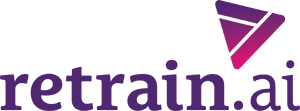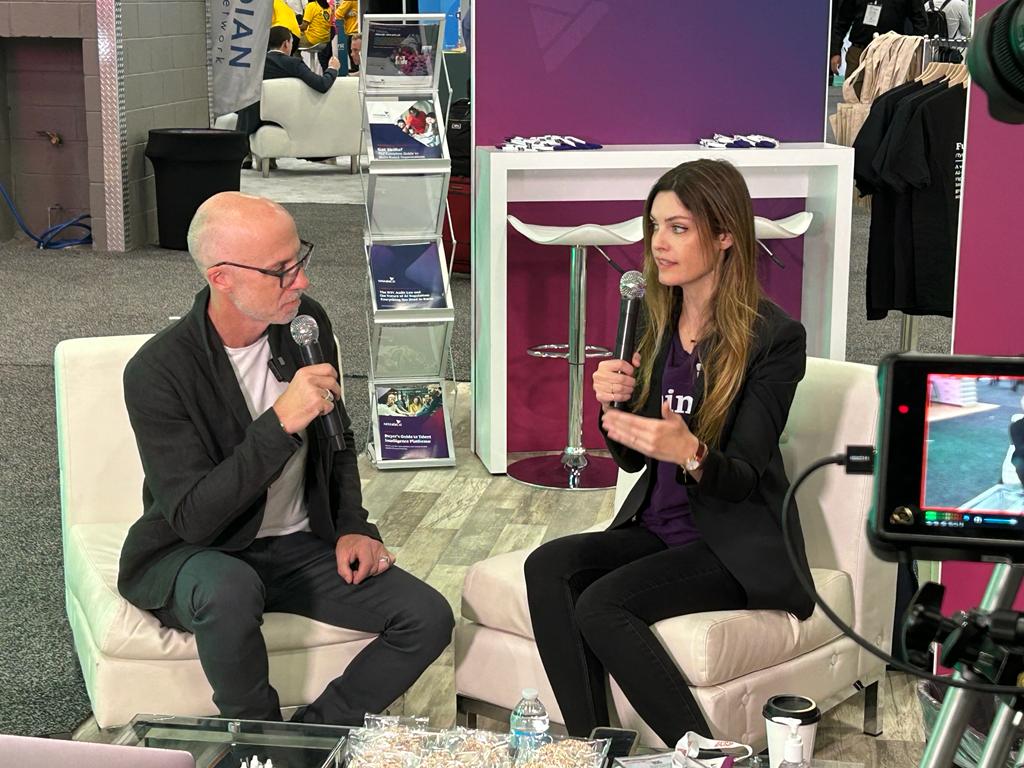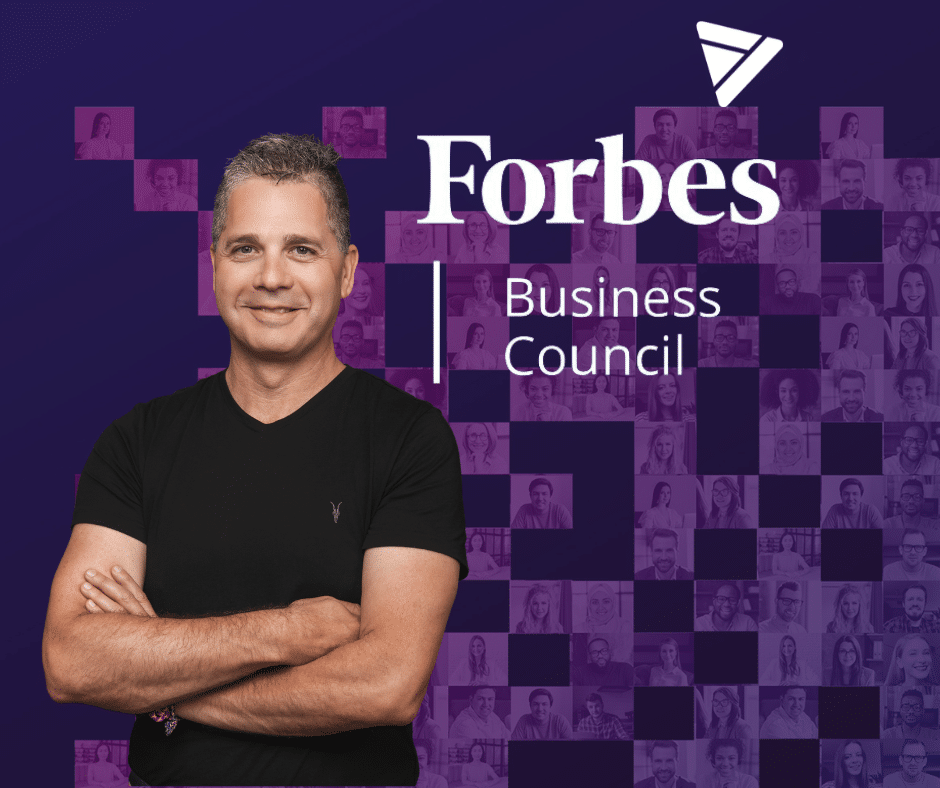This article was originally posted on Forbes.
Co-founder, chairman and CEO of retrain.ai, the HR Tech using AI to help leaders reskill employees and prepare for the future of work.
In the previous two articles, we reviewed foundational strategies for upskilling at scale and looked at the importance of diversity in the talent pool as a basis for the widest possible soft-skill set. Now, let’s build on that foundation to discuss how organizations can really solve the upskilling challenge at scale.
Foundation Strategy No. 2: Grow Hard Skills With MOOCs
In many organizations, L&D strategy is in the process of shifting from being a nice-to-have employee wellness activity into an essential practice to enhance the growth of every employee, manager and team. This shift requires a change in systems. Organizations that are committed to becoming learning organizations require a learning infrastructure and content strategy that can scale. Many education companies are now expanding their offerings to get to enterprise-grade, but of these the one approach that stands out is MOOCs.
MOOCs have been around for a decade and are starting to make a real impact on the business world today. They are so named because:
- They are massive; there is no cap on how many people can enroll, and often it reaches hundreds or thousands of people.
- They are open to anyone to enroll; there is no, or a very minimal, admission process.
- Online courses are available for individuals to take when convenient for them and help people reach their goals within a specific subject or group of subjects.
Being a technology platform, MOOCs allow students to consume à la carte content and allow content creators to break full-semester courses into smaller parts and offer specific certifications. Many MOOCs have partnered with leading universities to deliver thousands of courses that teach job-relevant skills through video lectures (often filmed in actual classrooms) as well as hands-on projects.
In addition, some MOOCs have developed enterprise solutions to allow employees to get access to all this knowledge as part of the organization’s L&D process. And in a virtuous cycle of learning, several corporations started creating and contributing content themselves on the platform, creating one of the world’s largest repositories of learning and training material that is available to anyone.
The MOOC platform Coursera also developed a Global Skills Index to help both learners and content providers have a clear view of the skills being sought and taught. Several other companies like 2U, Udacity and Udemy have similar offerings. As new roles are emerging and new skills are required, it is imperative for every company to adopt one or several of these offerings as part of its upskilling strategies.
Foundation Strategy No. 3: Supercharge Upskilling With AI And Data
A diverse applicant pool and applying MOOC-based L&D programs are core strategies, but how can an organization map which employee fits which job, and which training program is right for who? In the past, organizations relied on managerial assessment and departmental training programs to do that. But with today’s rapid transformations, a manual approach no longer works.
Luckily, a new breed of systems is coming to the market. Several of the biggest HCM providers, like Workday and Oracle, are introducing new “skills cloud” modules to their platforms to allow organizations to start speaking in the language of skills and using AI and data to create individual programs.
New-generation systems, including Eightfold.ai and the one I co-founded, retrain.ai, are powered by AI and machine learning models, analyze millions of job posts and create job clusters to identify the ideal candidate and the ideal skill set for every job. Step two would be looking at the job history of each employee to not only assess the new skills he or she gained on the job while performing their daily tasks, resulting in a robust and rich skill profile, but also to intelligently recommend what career path, training program or job move should be taken.
As the workforce evolution continues, we will see AI technologies and automation increasingly become not only part of the problem, but also part of the solution.
In summary, the strategies outlined above are mutually beneficial and can serve as a starting point for any organization looking to supercharge its upskilling programs. A real tsunami is coming to the world of work. Adopting these strategies will ensure that your organization and your employees will stay above the flood line, today, tomorrow and for years to come.










